Filter by
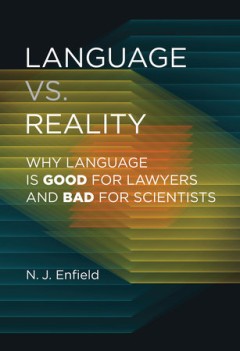
Language vs. reality :why language is good for lawyers and bad for scientists
"Argues that the primary function of language is not to describe the physical world but to manage the social one. Aimed at a general readership"--OCLC-licensed vendor bibliographic record.
- Edition
- -
- ISBN/ISSN
- 9780262368766
- Collation
- 1 online resource (ix, 298 pages) :illustrations
- Series Title
- -
- Call Number
- -
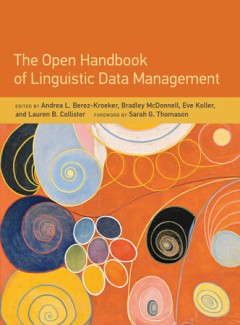
The open handbook of linguistic data management
A guide to principles and methods for the management, archiving, sharing, and citing of linguistic research data, especially digital data.Doing language science depends on collecting, transcribing, annotating, analyzing, storing, and sharing linguistic research data. This volume offers a guide to linguistic data management, engaging with current trends toward the transformation of linguistics i…
- Edition
- -
- ISBN/ISSN
- 9780262362177
- Collation
- 1 online resource.
- Series Title
- -
- Call Number
- -
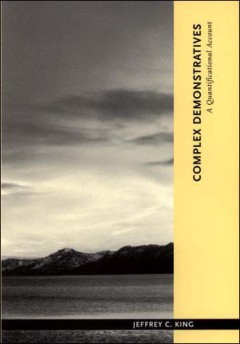
Complex Demonstratives: A Quantificational Account
"A Bradford book."Since the late 1970s, the orthodox view of complex 'that' phrases (e.g., 'that woman eating a granola bar') has been that they are contextually sensitive devices of direct reference. In Complex Demonstratives, Jeffrey King challenges that orthodoxy, showing that quantificational accounts not only are as effective as direct reference accounts but also handle a wider range of da…
- Edition
- -
- ISBN/ISSN
- 9780262277174
- Collation
- 1 online resource (xiii, 207 pages).
- Series Title
- -
- Call Number
- -
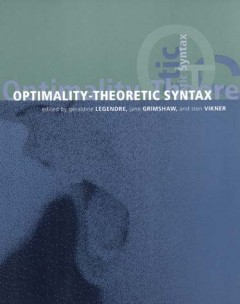
Optimality-theoretic syntax
Recent work in theoretical syntax has revealed the strong explanatory power of the notions of economy, competition, and optimization. Building grammars entirely upon these elements, Optimality Theory syntax provides a theory of universal grammar with a formally precise and strongly restricted theory of universal typology: cross-linguistic variation arises exclusively from the conflict among uni…
- Edition
- -
- ISBN/ISSN
- 9780262316149
- Collation
- 1 online resource.
- Series Title
- -
- Call Number
- -
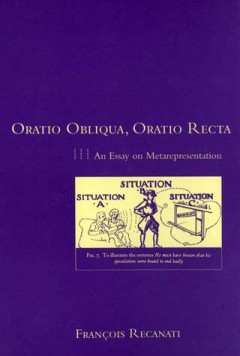
Oratio obliqua, oratio recta :an essay on metarepresentation
Among the entities that can be mentally or linguistically represented are mental and linguistic representations themselves. That is, we can think and talk about speech and thought. This phenomenon is known as metarepresentation. An example is "Authors believe that people read books." In this book François Recanati discusses the structure of metarepresentation from a variety of perspectives. A…
- Edition
- -
- ISBN/ISSN
- 9780262282178
- Collation
- 1 online resource (xviii, 360 pages).
- Series Title
- -
- Call Number
- -
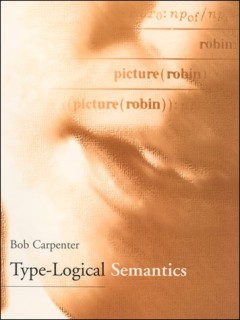
Type-Logical Semantics
A Bradford book."OCLC-licensed vendor bibliographic record.
- Edition
- -
- ISBN/ISSN
- 9780262269902
- Collation
- 1 online resource (xxi, 575 pages).
- Series Title
- -
- Call Number
- -
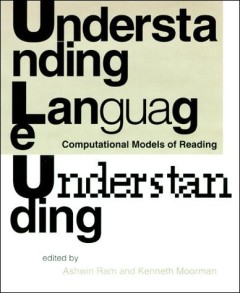
Understanding Language Understanding: Computational Models of Reading
A Bradford book."The book takes an interdisciplinary approach to the study of reading, with contributions from computer science, psychology, and philosophy. This book highlights cutting-edge research relevant to the building of a computational model of reading comprehension, as in the processing and understanding of a natural language text or story. A distinguishing feature of the book is its e…
- Edition
- -
- ISBN/ISSN
- 9780262282055
- Collation
- 1 online resource (xvii, 499 pages) :illustrations.
- Series Title
- -
- Call Number
- -
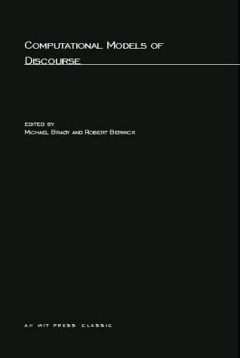
Computational Models of Discourse
AnnotationOCLC-licensed vendor bibliographic record.
- Edition
- -
- ISBN/ISSN
- 9780262255806
- Collation
- 1 online resource (xxiii, 403 pages) :illustrations.
- Series Title
- -
- Call Number
- -
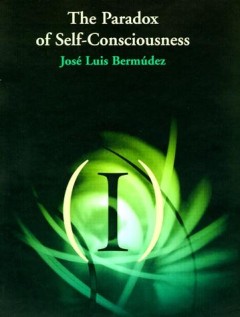
The paradox of self-consciousness
"A Bradford book."In this book, Jose Luis Bermudez addresses two fundamental problems in the philosophy and psychology of self-consciousness: (1) Can we provide a noncircular account of full-fledged self-conscious thought and language in terms of more fundamental capacities? (2) Can we explain how full-fledged self-conscious thought and language can arise in the normal course of human developme…
- Edition
- -
- ISBN/ISSN
- 0585190089
- Collation
- 1 online resource (xiv, 338 pages) :illustrations.
- Series Title
- -
- Call Number
- -
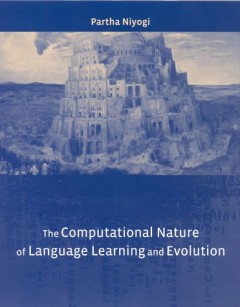
The Computational Nature of Language Learning and Evolution
The introduction of a mathematical and computational framework within which to analyze the interplay between language learning and language evolution.OCLC-licensed vendor bibliographic record.
- Edition
- -
- ISBN/ISSN
- 9780262280686
- Collation
- 1 online resource (xviii, 482 pages) :illustrations.
- Series Title
- -
- Call Number
- -
 Computer Science, Information & General Works
Computer Science, Information & General Works  Philosophy & Psychology
Philosophy & Psychology  Religion
Religion  Social Sciences
Social Sciences  Language
Language  Pure Science
Pure Science  Applied Sciences
Applied Sciences  Art & Recreation
Art & Recreation  Literature
Literature  History & Geography
History & Geography